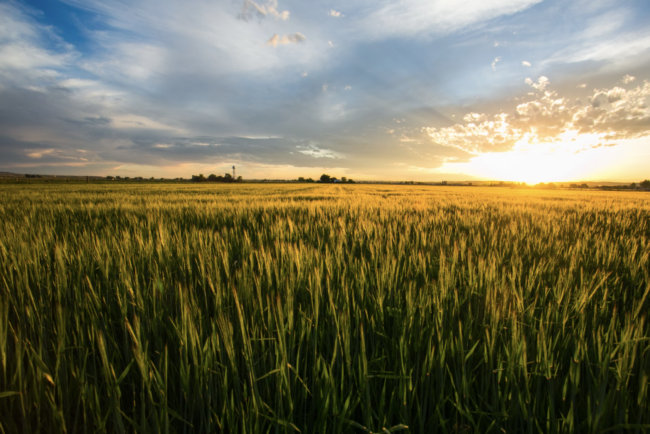
Communicating in a Changing and Challenging Landscape
At the recent Commodity Classic in New Orleans, I had a chance to talk with farmers and exhibitors about the issues on their minds going into the 2022 growing season. One topic that was at the forefront was the rising cost and shortages of needed inputs. In fact, the latest Ag Economy Barometer survey shows that 34% of producers have experienced difficulty in purchasing inputs for the 2022 season. Many farmers are wrestling with how to solve these problems and thinking ahead to 2023 to make sure they don’t have to deal with them again.
A lack of available fertilizer due to nitrogen shortages and the high price of natural gas has only become more challenging in the wake of the Russian invasion of Ukraine. Russia and Belarus produce a large portion of the global supply of fertilizer with much of the nitrogen component coming from Russia.
This, combined with the shortage of some active ingredients for crop protection products, including glyphosate and glufosinate, have many farmers looking for alternatives to ensure a healthy and weed-free crop in 2022.
This presents an opportunity for companies to tailor their communications efforts to showcase their understanding of the marketplace dynamics and highlight their solutions to help alleviate these shortages. One such solution is the growing market of biological fertilizers. These natural fertilizers contain living microbes that enhance plant nutrition by either mobilizing or increasing nutrient availability in soil. By fixating the nutrient availability, this helps alleviate nitrogen deficiencies thereby stimulating plant growth leading to increased yields. Biofertilizers also reduce the need for synthetic fertilizers and pesticides while also enhancing the sustainability and health of the soil.
Now that the 2022 planting season is underway, it’s imperative to test out alternative strategies and solutions for combatting the shortages that are and will continue to occur throughout this growing season. With our deep knowledge and understanding of the ag industry and its audiences, OBP is continually working with our client partners on how best to strategically position and communicate their product offerings in a challenging and ever-changing marketplace.
Please don’t hesitate to contact me for more information on how OBP can strategically support your efforts to reach your target audiences with the right message at the right time and through the right channels.
Richard Fordyce is a fourth- generation corn, soybean and beef cattle farmer from Missouri. He previously served as the Administrator for USDA’s Farm Service Agency. In that role, he provided leadership for FSA and its mission to support agricultural production nationwide. Fordyce leads the business development team at OBP.
